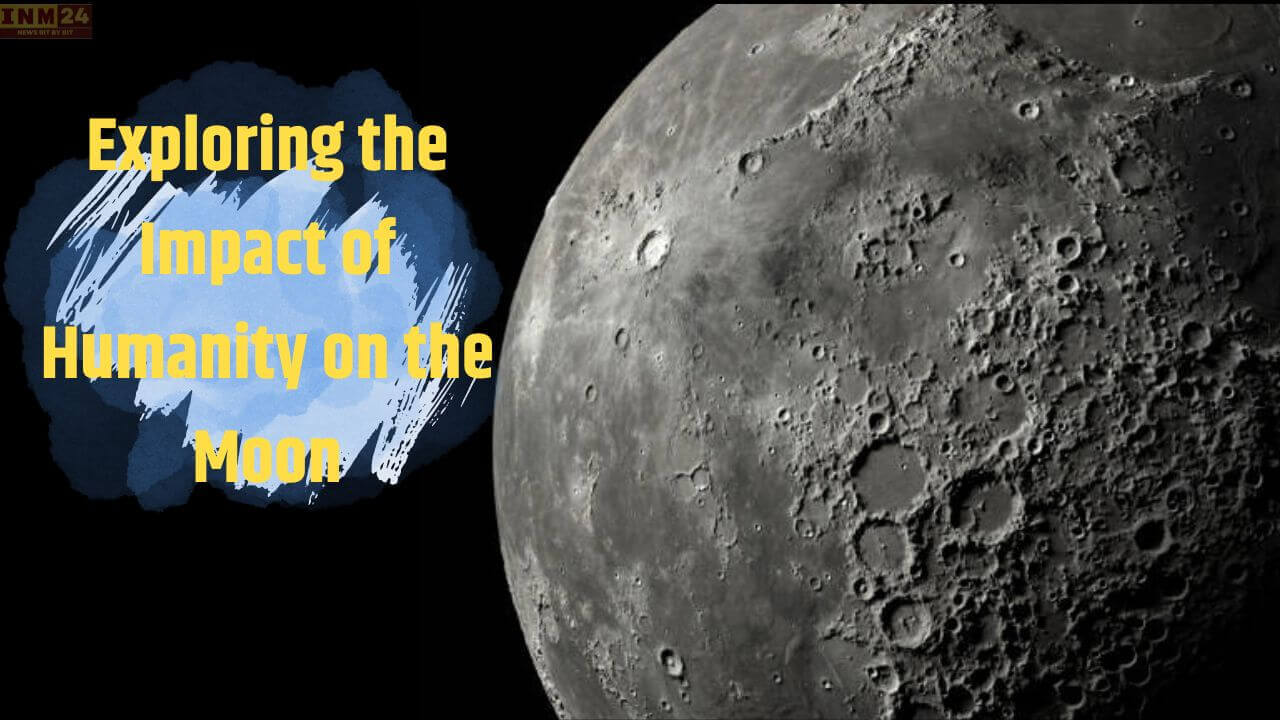Countries worldwide, including the United States, China, India, Russia, and Japan, are actively working on plans to step onto the moon. India recently sent its Chandrayaan, and Japan’s Hayabusa2 is currently on the lunar surface. Now, scientists are advocating for a discussion on the impact of human presence on the moon.
From Dreams to Reality
Humans have always looked towards the sky, using stars as navigation guides or telling spiritual stories. Every human civilization has looked to the stars for measuring time and exploring the cosmos for resources. With technological advancements, the dream of traveling through space has become a reality. After the Second World War, industrial revolution, the space race, and extensive resource exploitation on Earth, these dreams have become more tangible.
Just as humans have left an indelible mark on Earth, the idea of connecting ‘Chandra Anthropocene’ to activities on the moon can be effective in preventing extensive destruction in space.
Understanding the effects of human activities on the lunar and space environment is vital in this new ‘human era.’International scientists discuss the Anthropocene era, highlighting the major impacts of human activities on Earth’s climate and environment. Geologists, known as stratigraphers, who study rock layers, state that the recognition of the Anthropocene began in the 1950s with the start of human-induced nuclear testing.
Studying the destruction similar to Earth in this new ‘human era,’ stratigraphers engage in intense debates with researchers from various fields about the effects of these activities on the moon and space environment. In their book, ‘The Shock of the Anthropocene,’ historians Christophe Bonneuil and Jean-Baptiste Fressoz argue that in this new human era, it is crucial to understand how technological and scientific progress, inspired by resource exploitation, has caused substantial harm.
Lunar Exploration Raises Questions on Human Impact and Environmental Stability
Chandra Anthropocene’ is now becoming a reality, and scientists believe that connecting lunar exploration, technology, and resource extraction to the effects of human activities on Earth’s stability will stimulate heated discussions among stratigraphers and researchers from various disciplines. NASA estimates that there is already 227,000 kilograms of human waste on the moon, most of it from space explorations. It includes waste from lunar missions, instruments, feces, golf balls, flags, and other objects sent to the moon.
As we explore and exploit lunar resources, it is imperative to consider the potential impacts on the moon’s environment and maintain responsible practices to ensure the sustainability of future space endeavors.
